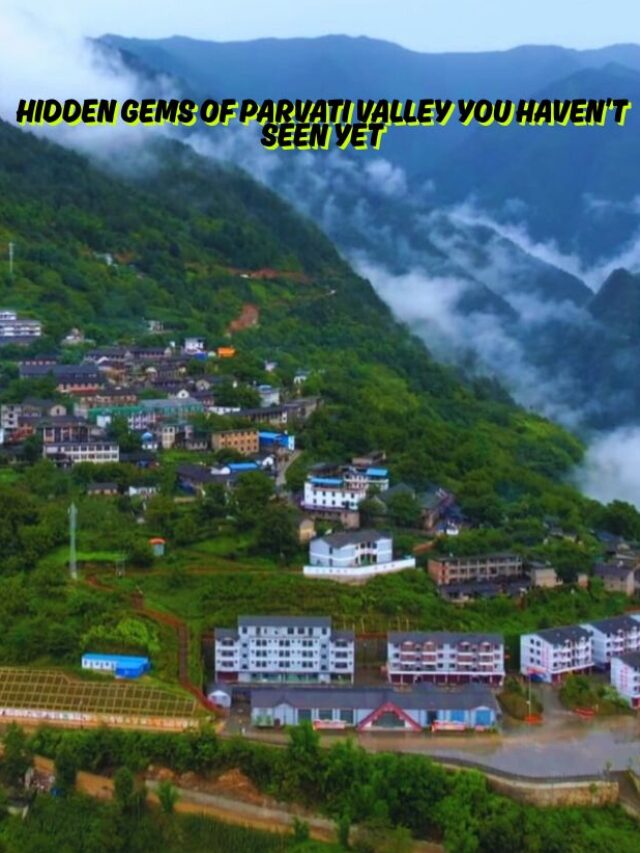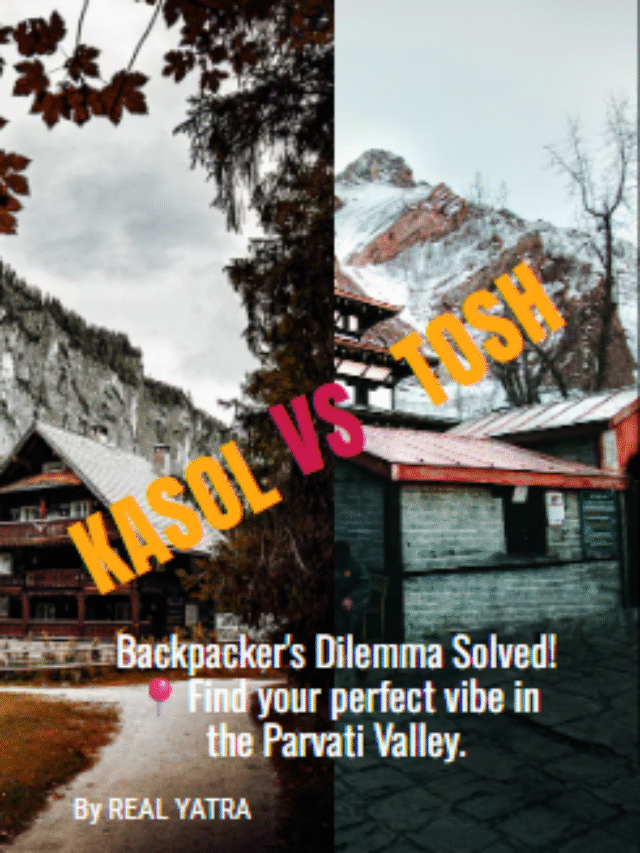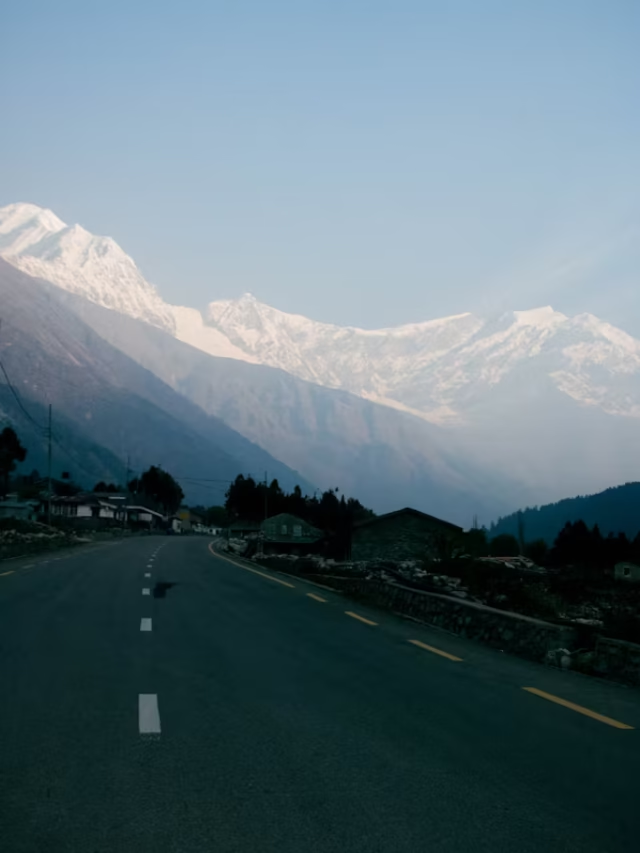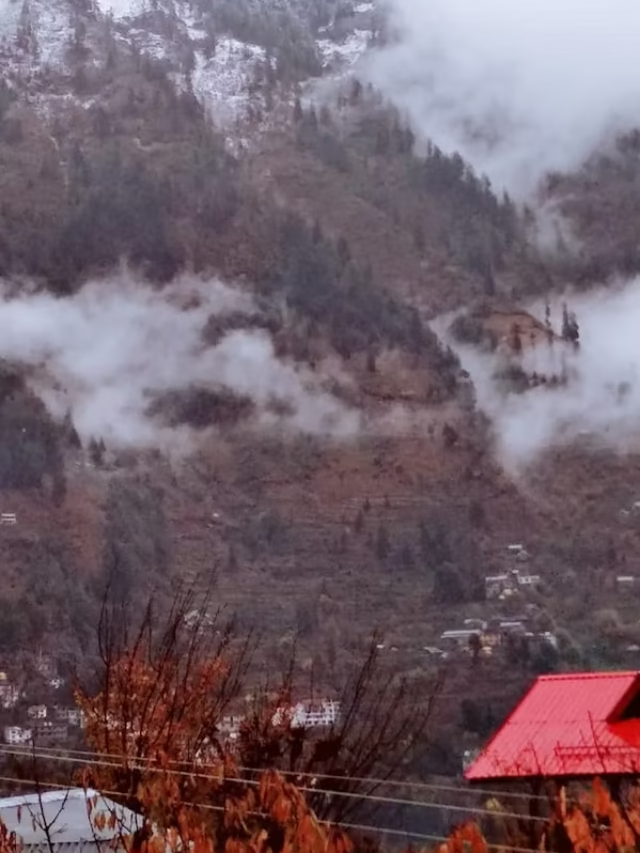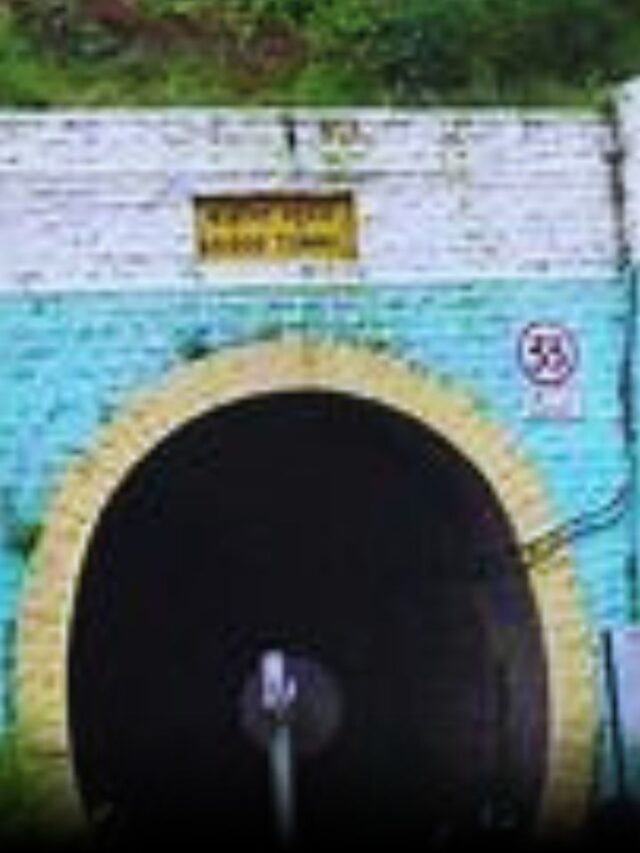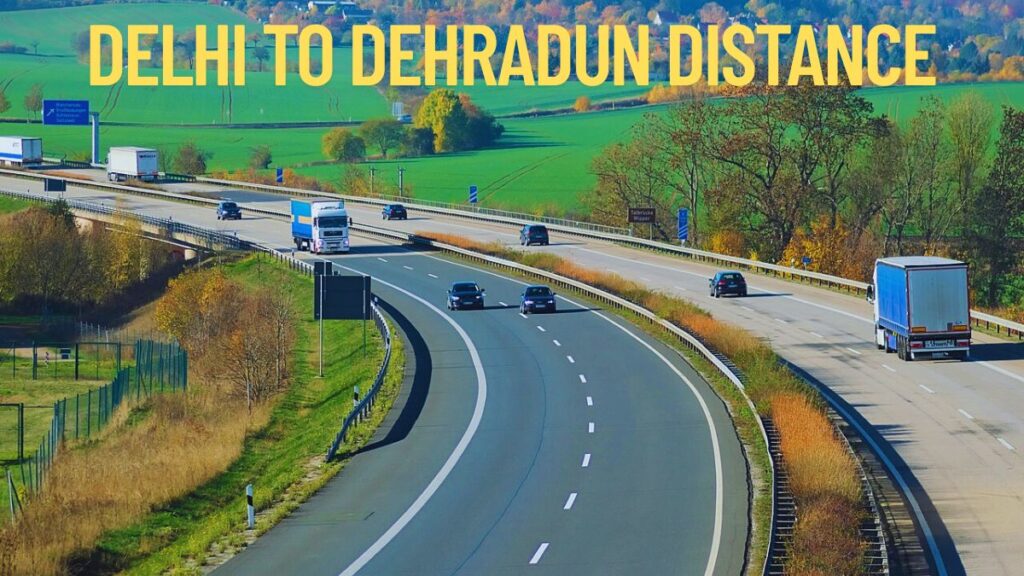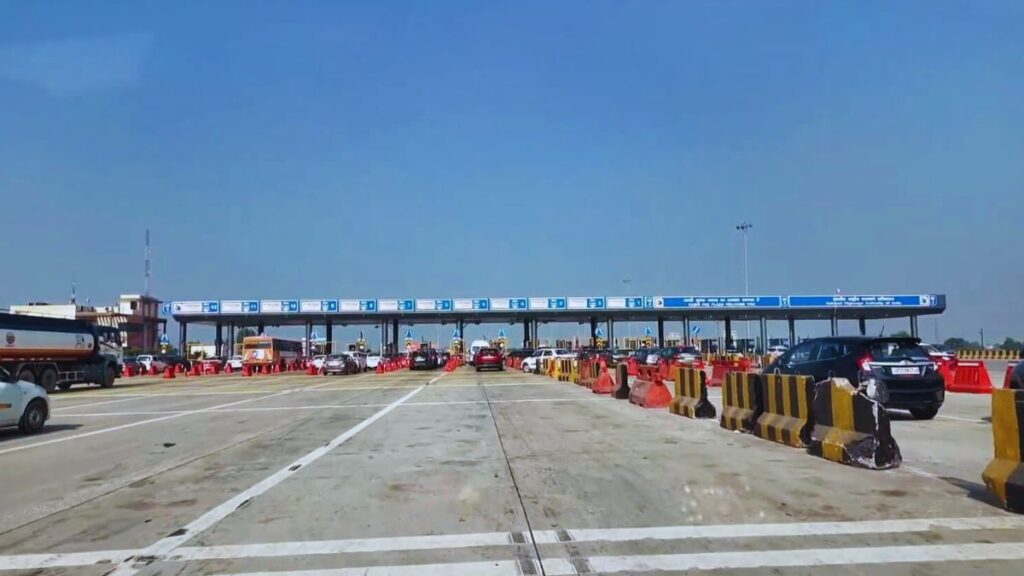Planning to visit Kedarnath in July-August 2025? Here’s everything you need to know about weather risks, safety tips, and real monsoon experiences before you go. But if you’re thinking of visiting Kedarnath in July-August 2025, this isn’t just a Journey; it’s a test of patience, preparation, and respect for nature.
I’ve done this journey in the monsoon once. And while the devotion in my heart was strong, so were the thunderstorms over the Mandakini valley. Here’s the truth no one tells you.
What It’s Really Like During Monsoon in Kedarnath
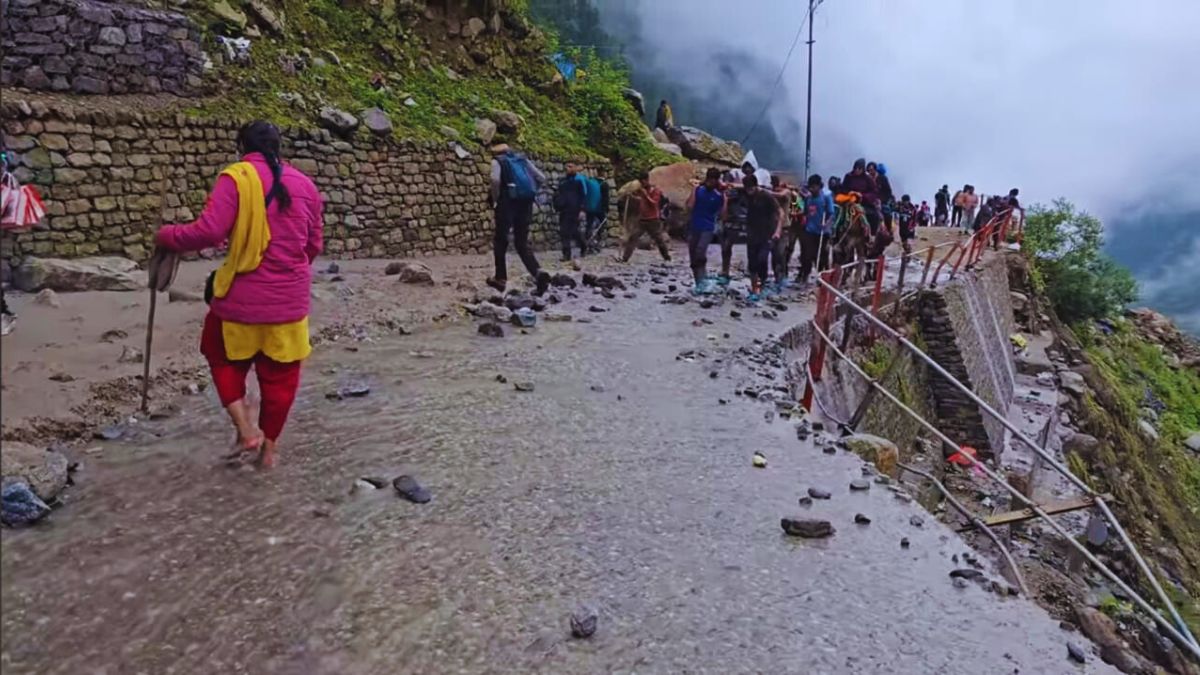
You may have heard about landslides. But hearing is one thing, experiencing it is another.
We had just crossed Sonprayag when the road ahead was blocked by massive rocks, fresh mudslides, and water gushing down the hills like wild rivers. The rain wasn’t just falling, it was pounding.
The 16+ km trek from Gaurikund becomes a slippery, slushy maze. You’re constantly looking up at the cliffs, wondering if something might fall.
View the Kedarnath trek route on Google Maps.
And yet, people keep walking soaked to the bone, whispering “Har Har Mahadev” with every cautious step.
Major Risks of Visiting Kedarnath in July-August 2025
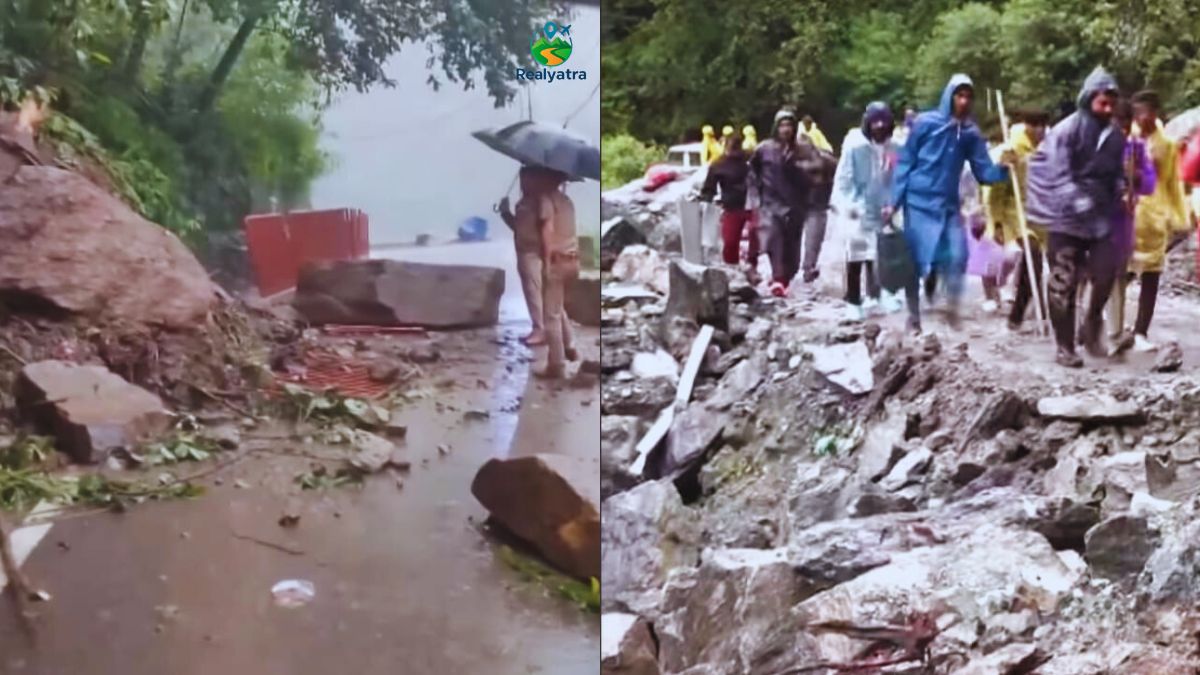
If you’re planning a trip during these months, you must understand the dangers:
- Landslides & road closures: NH 107 is notorious near Sonprayag, Phata, and Guptkashi.
- Flash floods in the Mandakini River: They can rise fast and without warning.
- Fog & zero visibility: The trekking path disappears into mist.
- Helicopter service cancellations: Most choppers are grounded due to rain, fog, or wind.
One yatri I met had booked a helicopter from Phata. It got cancelled 3 days in a row. He ended up trekking, unprepared and exhausted.
Why People Still Visit During Monsoon
Despite the risks, many still come, some with elderly parents, some alone.
Why?
- Pre-booked darshan slots
- Short annual pilgrimage window
- Unshakable spiritual faith
But let me be honest, unless you’ve done high-altitude treks before or have no other option, the monsoon is not the best time.
Kedarnath in July-August 2025: Safety Tips for Monsoon Pilgrims
If your heart is set and your mind is made, please follow these must-do tips:
- Track Weather Daily: Use IMD and the official Char Dham portal.
- Start Early: Begin your trek by 4–5 AM. Rains usually intensify after noon.
- Buffer Days: Don’t plan tight schedules. You will face delays.
- Gear Up: Waterproof shoes, thermal clothes, ponchos, and dry bags don’t compromise.
- No Trekking in Rain: Wait it out. A delay is better than a disaster.
- Register at Checkposts: Sonprayag registration is compulsory; it helps track you.
- Avoid Tents in Risk Zones: Book solid shelter in areas that are not near the riverside or cliffs.
What About Helicopter Services in Monsoon?
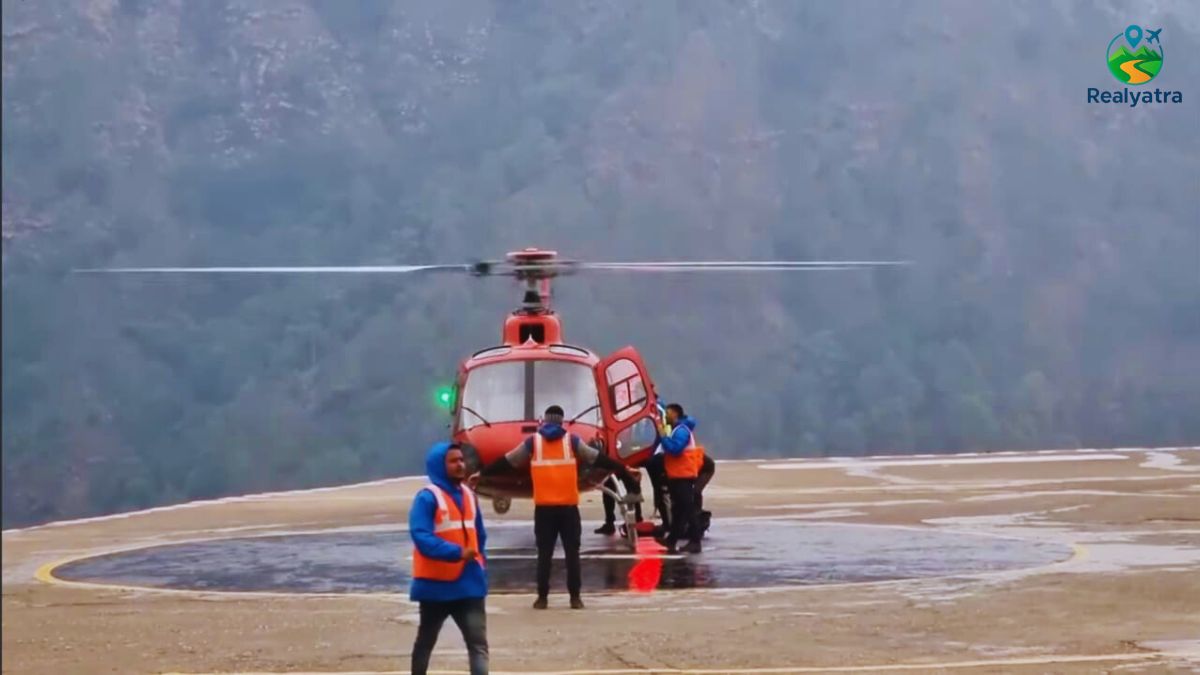
Short answer: Unreliable.
Even if you’ve booked in advance (Sirsi, Guptkashi, Phata), be ready for cancellations.
- Heavy fog = grounded flights
- High demand = high prices
- Long delays = wasted days
A friend of mine had a confirmed ticket. Still, she waited 7 hours at the helipad before the staff finally announced weather cancellation.
What Pilgrims Faced in Monsoon 2024
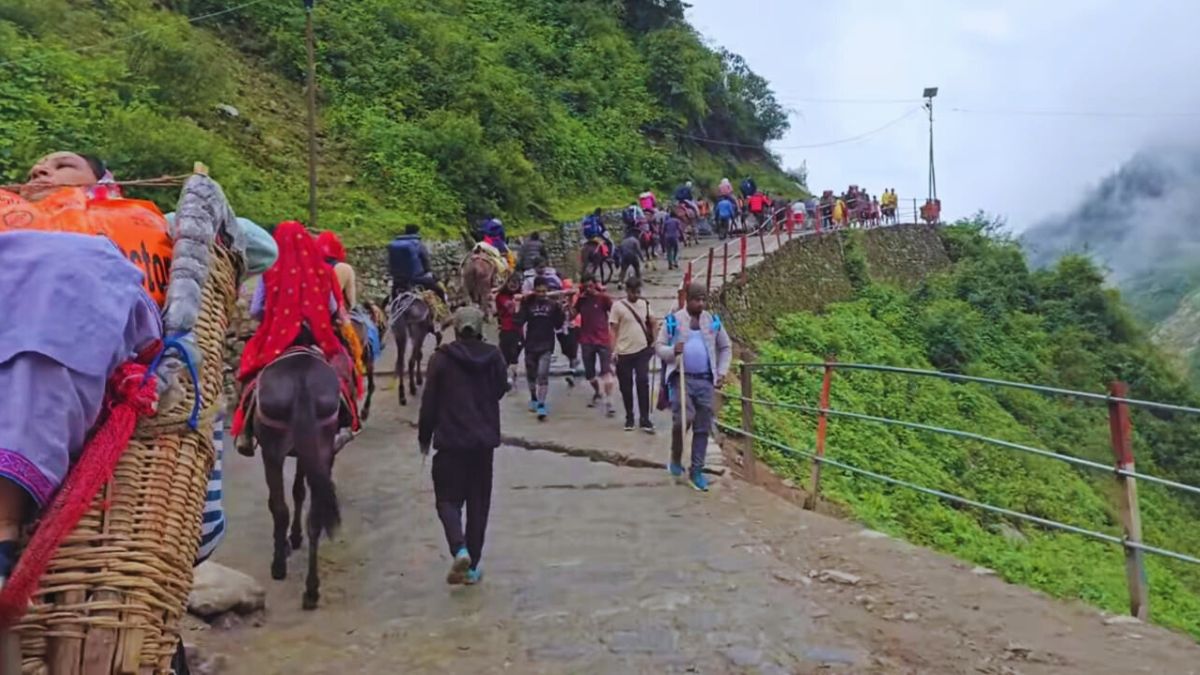
“We reached Gaurikund, but had to wait 2 days due to landslides. The trek was more like walking through rivers than trails.”
- Ravi Singh, July 2024 pilgrim
“It rained so hard mid-trek that we lost visibility and had to turn back. It wasn’t worth the risk.”
- Meera Joshi, August 2024 visitor
These aren’t rare stories. They’re common. And they’re real.
Weather in Kedarnath in July-August 2025
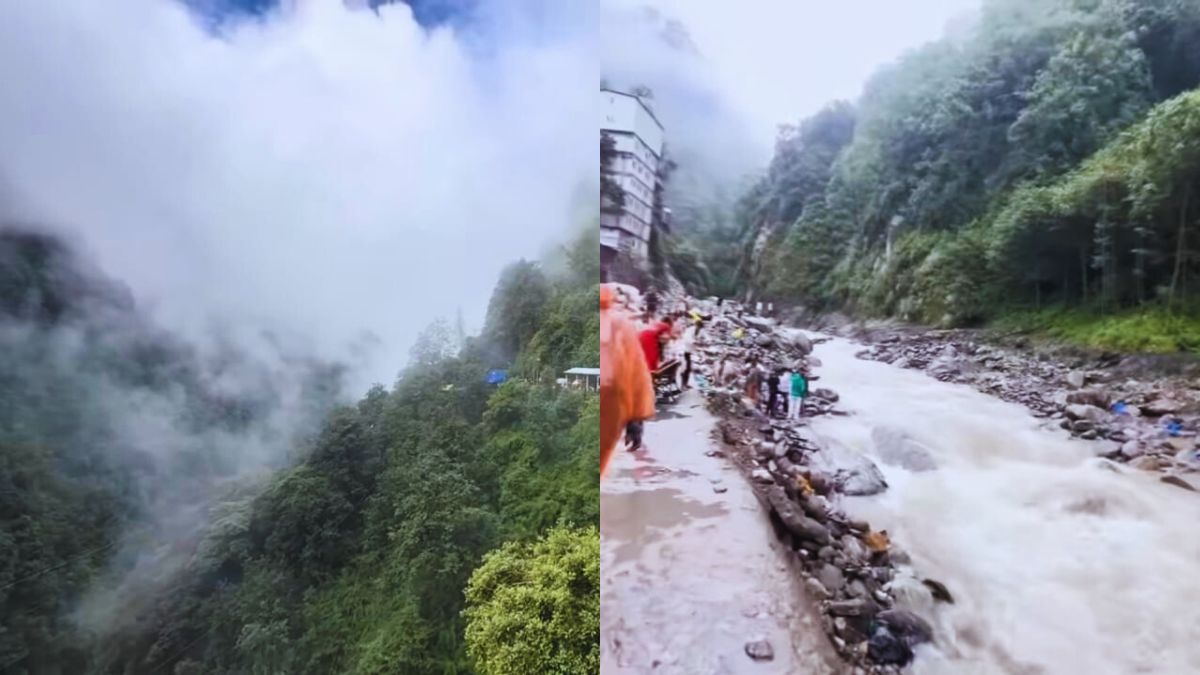
Be prepared for unpredictable weather. The monsoon season brings heavy rain and fluctuating temperatures, making conditions in Kedarnath very challenging.
Weather Snapshot:
- July
- Avg. Temperature: 7°C – 15°C
- Rainfall: 400–550 mm
- Risk Level: Very High
- August
- Avg. Temperature: 7°C – 14°C
- Rainfall: 350–500 mm
- Risk Level: High
Tip: Check real-time weather updates before your trip and daily during your stay.
Better Alternatives to Kedarnath in July-August 2025
If you can delay your yatra, aim for:
- May – Mid-June: Clear skies, stable weather, and full darshan access.
- September – October: Post-monsoon beauty, fewer crowds, and safer routes.
Trust me, you’ll get better photos and even better blessings when nature is calm.
Final Verdict: Should You Visit Kedarnath in July-August 2025?
Not advised unless necessary.
It’s not about fear, it’s about respect. These mountains are beautiful but brutal during the monsoon.
Avoid if you’re:
- A first-time trekker
- Traveling with kids or the elderly
- Unfamiliar with mountain terrain
- Dealing with any health issues
Go only if:
- You’ve done proper physical prep
- You’re spiritually committed
- You can stay flexible with time
Bonus Resource
Keep these official links bookmarked for real-time alerts:
Frequently Asked Questions (FAQ)
Is Kedarnath safe to visit in July or August 2025?
Answer: No, it is not considered safe during these months due to heavy monsoon rains, frequent landslides, road closures, and helicopter cancellations. Only experienced trekkers or pilgrims with no other time options should attempt it.
Are helicopter services available to Kedarnath during monsoon?
Answer: Helicopter services often get delayed or cancelled due to fog, rain, and wind. Even with confirmed tickets from Phata, Guptkashi, or Sirsi, flights may be grounded for hours or days.
What should I carry if visiting Kedarnath in the monsoon?
Answer: Essentials include waterproof trekking shoes, a poncho or raincoat, thermal layers, dry bags for electronics, and a buffer of 1–2 extra days in your plan.
Can I get stuck on the Kedarnath route during monsoon?
Answer: Yes. Landslides on NH 107 near Sonprayag or Phata can block roads. Even the trekking path from Gaurikund may become impassable due to flash floods or slush.
What’s the best time to visit Kedarnath instead of July–August?
Answer: The ideal months are May to mid-June and September to October, when the weather is stable, roads are clear, and darshan is smoother.
Final Words
Kedarnath isn’t just a temple, it’s a journey. In monsoon, it becomes a test of patience, planning, and faith.
If you choose to go in July or August, let it not be in ignorance. Go fully prepared. Go with reverence. And most importantly, go with safety in your heart.
Har Har Mahadev.
